Train Travel
Train travel is the most popular way to get around Japan and for a tourist using a wheelchair, it is vital to explore attractions. Train stations are resources for information, food, water, public restrooms, navigation and even shopping for pretty much anything. Every station has maps displayed to what lines are available and what area is covered as well as information booths that have maps you can take in English or whatever language you prefer showing the train routes and tourist attractions in the area. There is usually at least one person working that knows a little English if you have more questions. Always walking around the station are train attendants that are there to assist so just ask.
The train system is very complex but stations color code everything and have signs with either a universal symbol and/or English translation to make navigating as easy as possible. You can also look for tactile paving (truncated domes) on the floor to help you find an elevator 50% of the time just be sure it is the right color/platform. 99.9% of the population does not use elevators in the stations. Some elderly people and those with strollers or big luggage do but I saw numerous examples of the elderly climbing stairs. It’s good exercise! This means that you rarely have to wait for an elevator to be open. To get to the station’s concourse, to begin with, sometimes you may need to take an elevator down from the street or inside a building. Twice I ran into a situation where instead of an elevator there was a wheelchair accessible escalator. I had never seen anything like this!
What won me over most of all was the ease of traveling alone in my wheelchair. Nearly every time I would wheel up to the gate window right next to the accessible entrance (there was always one) to scan my ticket and say with a smile, “Excuse me… ” (in Japanese), and then show or tell them what station I wanted to go to. Most of the time they would see that since I was by myself, I needed assistance but sometimes I had to ask. I would then move to the side and wait (as to not block traffic) for a station attendant to escort me to the right elevator, platform, and train line. My escort would then set up a portable ramp at the right car and call ahead to the station I was getting off at so someone would be waiting for me with another ramp, and they always were.
At every station, you will see kiosks to purchase train tickets, even an all-day pass. Some kiosks have an English button that after pushing will have a message that pops up explaining what to do. Depending on the height of your wheelchair, you may have difficulty reading directions or reaching, so get an attendant to help if needed. If you plan to move around a lot, the most efficient way to ride the trains is to purchase some kind of pass or prepaid card. The JR Rail Pass, includes the Shinkansen, express trains, buses, and more. One just then needs to flash this pass instead of giving the station attendant a train ticket. You can purchase a 7, 14, or 21-day pass online in advance and pick it up at a ticket office. It does not activate until you use it.
Though you have to pay extra to ride the Shinkansen or express trains, you still need to go to a ticket office and reserve your seat and pick up your ticket for a scheduled time. The Suica Card is a prepaid card you can put however much money on, which you do at the ticket kiosks specifically designated it. When you go through the station you simply scan the card at the accessible gate or give it to the station attendant to scan. You can add more money at the appropriate ticket kiosk. The Suica Card is valid for virtually all trains, subways, and buses in the greater Tokyo region. In addition, Suica can be used on JR trains in the Sendai, Niigata, Sapporo, Osaka, Okayama, Hiroshima, Nagoya, and Shizuoka regions and on trains, subways, and selected buses in and around Fukuoka. There are many other prepaid cards you can purchase depending on where in Japan you are traveling to in addition to one-day passes so find out what’s in the area you wish to travel.
Note: When transferring trains within the same company line then you will not need to leave the station but times when this is not the case, you will be required to go outside to reach the appropriate part of the station, which takes time and searching. This is why having a station attendant escort you to direct you to the right elevator is very helpful in this situation. Those that can walk can travel underground within the station but if you use a wheelchair these routes are inaccessible due to stairs. On the ground level, if you arrive at an entrance that only has stairs look on the wall because there may be a map or a sign directing people to where the elevator is. Otherwise, look for the yellow brail line or ask someone.
TRAIN TYPES
JR Rail System consists of six major groups covering all of Japan, I only used two. JR East is one of the most extensive train systems in the world operating in the Kantō and Tōhoku regions along with adjacent areas in the Koshin’etsu region (Niigata, Nagano, Yamanashi) and Shizuoka prefectures (read JR East accessible details). JR West has trains covering the Osaka-Kobe-Kyoto metropolitan area. The one car that is designated for wheelchair users will have the universal symbol for a wheelchair on the door and an open area without seats but I found there was enough room in other cars by the door for a handrail to hold onto. When riding the JR line, I rarely rode in an accessible car. The station attendants would usually always place me in a car near the elevator, so if I want extra space to speak up. Trains on the JR East or West have a woman-only car that is in effect during commute times. Communication was terrific on the JR trains. A digital monitor showed you a live route and listed the name of a station upon arrival. In the Greater Tokyo Area, stations are announced through the speaker in Japanese and English. However, on the JR line in Kyoto headed to Nara (approximately 40 minutes on a rapid train), English was not an option so I had to pay attention. See a fantastic map of JR Rail’s Japan coverage.
Rapid, Express & Limited Express Trains: To make Japan’s train system more efficient, a number of express trains are offered and many operate under the JR Rail system but not all. A rapid train is just a regular line that does not stop at all the stations and the fare is no different from the local/commuter trains. The express trains, like the Narita Express or N’EX, stop at even a few stations and will charge an express fee. The N’EX services the Narita International Airport from the Tokyo, Shinjuku, and Yokohama stations every thirty minutes. This train has two wheelchair spaces on board and a wheelchair accessible restroom. At some point during the trip, a gal goes through each car once with drinks and snacks for sale. The limited express trains stop only at major stations and also charge an express fee.
Shinkansen or “Bullet Train” is a part of the JR Rail system and travels at 275MPH, making it one of the fastest trains in the world. It goes all over Japan and will only take passengers that have reserved seats. When you get your ticket at the ticket office say you need an accessible car and be sure it is clear whether you will stay in your chair or transfer to a seat. If you transfer, inform them if you can or can’t stand up on your own and/or walk a little because your seat will depend on this. On the platform, there should be the wheelchair universal symbol on the monitor screen but it may also be on the floor or a wall nearby. When I rode it from Tokyo to Kyoto and back it was car #11. This door on the accessible car is wider and has one designated space for a wheelchair.
The first time I rode it there was already a nice gentleman from Australia in a manual chair occupying the seat so I was placed in the multipurpose room, a small private cabin with two seats and enough space for my wheelchair. The door locks and a call button is available if you need something. Stops are announced in Japanese and then in English. However, the train attendant was on the lookout for me. Every time she knocked on the door to inform me that my station was approaching. Outside the multipurpose room and to the left was a wheelchair accessible bathroom, labeled “Western style.” A gal with a snack and beverage cart walks through the cars once, but if you are in the multipurpose room you are not going to see this so in this case use the call button. On my ride back to Tokyo the designated wheelchair seat was open but I said to the attendant, “Multipurpose room?” and without second thought led me to it. I preferred the private space.
Subways surrounding every major city is a subway system. The one in Tokyo (Tokyo Metro and Toei Subway) was very complex with thirteen lines whereas the Kyoto Subway consisted of only two lines. These trains tended to have big gaps between the platform and the train, so a ramp is more likely needed. A train route map is in each car by the door but unlike the JR Rail System, it is not live. The stops are still announced in English but found it sometimes hard to hear so I would then ask someone and/or watching closely for signs posted on the station’s walls telling me where I was at.
Tokyo Monorail has an express, rapid, and local line to choose from but the main reason for using it is because it provides transportation to or from the Haneda Airport in Ōta. The monorail only has eleven stops and at three of these, you can connect to other trains.
Streetcars/Trams that ride through town are all over Japan. Some are almost like buses but with more than one car. Hiroden Line is located in the Hiroshima Prefecture and the Toyamakō Line located in Toyama City are two examples of streetcars out of over a dozen. The streetcars in the biggest tourist cities have a more modern design, which means better wheelchair access but once you get into the real rural areas you will see a traditional style that has no access.
In Kyoto, I traveled on the Randen Streetcar which has been the only one operating here since 1910. It goes from the city area of Mibu past Uzumasa and to Arashiyama where there are many beautiful temples and shrines. The Raden Streetcar has fourteen stops and took a little over an hour to travel the whole distance. At the stations there are kiosks to purchase tickets and attendants, once again, to assist you if needed. The gaps were really small but I accepted help anyways.
TOKYO WATER BUS
The Tokyo Water Bus transports people around Tokyo’s bay and rivers to popular ports and there are two different companies service. The public one is Tokyo Metropolitan Park Association and the private one is the Tokyo Cruise Ship Company. Both have a few lines and can be used as alternative transportation as well as sightseeing. A night cruise is a great way to see the lights of Tokyo but even cruising around in the daytime is nice. No matter what line you take you will be able to enjoy seeing Tokyo’s many bridges along with some famous buildings and lots of fishing boats.
The Tokyo Cruise Ship has four lines: Asakusa-Odaiba Direct Line, Sumida River Line, and Odaiba Line. The Asakusa-Odaiba Direct Line is the most popular due to the style of boat called Himiko with panoramic windows. The Sumida River Line travels back and forth from Asakusa to the Hama Rikyu Garden with one additional stop five minutes out of the way at Hinode Pier so people can transfer to a different boat bound for Odaiba. The Odaiba Line travels from Hinode Pier to the Odaiba Seaside Park with one stop at Harumi. The fourth line, Tokyo Big Sight-Palette Town Line, travels to Tokyo Big Sight and Palette Town. The Tokyo Metropolitan Park Association has one line, the Mizube Cruise Line that travels from Ryogoku to Odaiba and can be taken even further to the Kasai Rinkai Park for an additional cost.
One day, I took a ride on the Sumida River Line, which has a boat with a pink nose. The ramp down to the boat was steep so I accepted the assistance from two crewmen to lower me backward onto the pier. Although there was a tiny gap, small enough for me to wheelie over, the crewmen automatically assisted me. The only wheelchair accessible portion of this boat was the patio; the rest was restricted by stairs. Nonetheless, the patio was the best seat in the house. Benches aligned the patio if traveling with an able-bodied person and there was plenty of space for any wheelchair. The patio was shaded but open to the wind, which was lovely on a hot summer day. At one point an attendant walked around taking orders for snacks and drinks. I got some iced tea and a snack. The snack was potatoes mixed with peas and carrots. It came in like a microwaveable soup container and the snack itself looked like French Fries but had the crunchiness of a chip. They were very tasty and not greasy or heavy. The round trip took a little over an hour and when I returned the crewmen were there right away again to assist me off the pier and up the ramp.
BUSES
Buses are wheelchair accessible and some are even hybrids. Visible bus stops along the street are located throughout cities. Not the front door by the driver but the second door (usually the middle door) is bigger and equipped with a ramp. A few buses, primarily in the metropolitan area of Tokyo, are non-step buses with no ramp but are still wheelchair accessible. The downfall of buses is that there is no bus schedule because traffic is unpredictable.
TAXIS
Transportation by taxi is the most expensive way to travel in Japan. At first glance it may seem like Japan has no accessible taxis, meaning a taxi with a lift. Around stations and popular public locations taxis line up to service passengers, none that I saw had lifts. They were all basic Sedans and a few Priuses. I saw a few Sedan taxis that had the universal wheelchair symbol on it but were no different from the regular ones minus the symbol. I didn’t get it. After getting the scoop from a local, I discovered that wheelchair accessible taxis with a lift do exist but they are few and far between. Plus, they only show up at a destination when requested so you won’t be able to catch one randomly on the street and the cost is more expensive than a regular taxi. Some companies also operate as tour guides, which again must be scheduled in advance. More accessible taxi information.
Taxis with a Lift:
- MK Taxi operates in most major cities of Japan and is still expanding.
- Tokyo Jumbo Taxi (Tokyo): 0120-818-552
- Hitachi Taxi Corporation (Tokyo): 03-5682-6594
- Keihin Bolag Universal Taxi (Tokyo): 03-3790-0117
- National Welfare Transportation Service Association (Tokyo): 03-3222-0347
- Let’s Go Taxi (Kyoto): 075-406-0069
- DOKOIKU Care Taxi: 81 90-4235-6363
- PINE Wheelchair Accessible Taxi (Osaka, Kyoto & Nara): 27ms-pine.10@maia.eonet.ne.jp
- Miyako (Kyoto): 075-351-3401
WHEELING THE CITY
People walk and drive on the opposite side of the road compared to the United States, so this is important to remember when cruising the city or crossing the streets. When crossing the streets it’s very important to make sure no cars are coming. In Japan, the flow of traffic is really important and gives vehicles the right-a-way. Sometimes vehicles will stop for you but don’t expect them to like they do in the States. Lots of people ride bikes and bike paths are present on sidewalks and crosswalks.
In the cities I visited, large sidewalks appeared on the main streets but there is a large network of small one-way streets where the sidewalk is sometimes just a line separating you from traffic. At some major intersections, the sidewalk is transported above the street and called skywalks. A number of such skywalks have elevators, most commonly in tourist areas and business districts but some did not. For the intersections that do not have an elevator, you have to either cross the street further down the road or look for an elevator to a train line to cross underground.
Airports
Japan’s International Airports are Narita, Kansai, Chūbu, Tokyo, and Osaka.

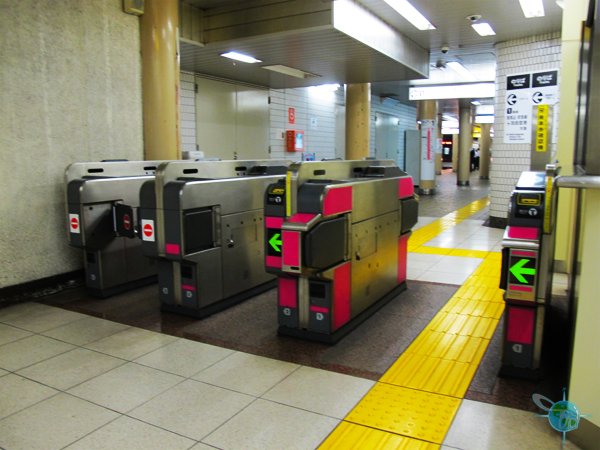

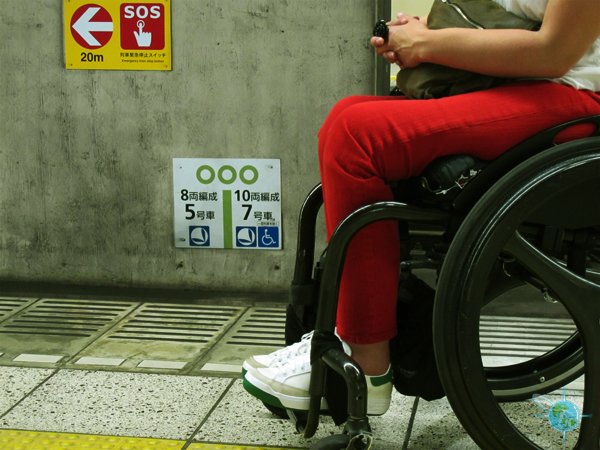
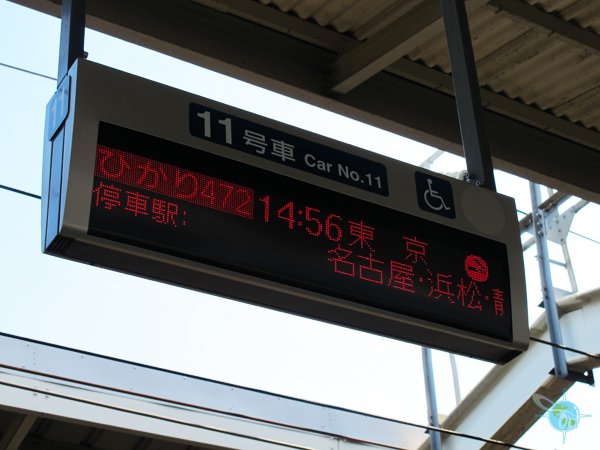
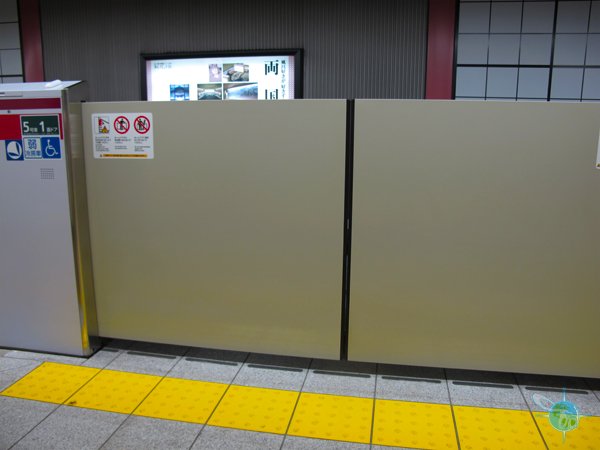

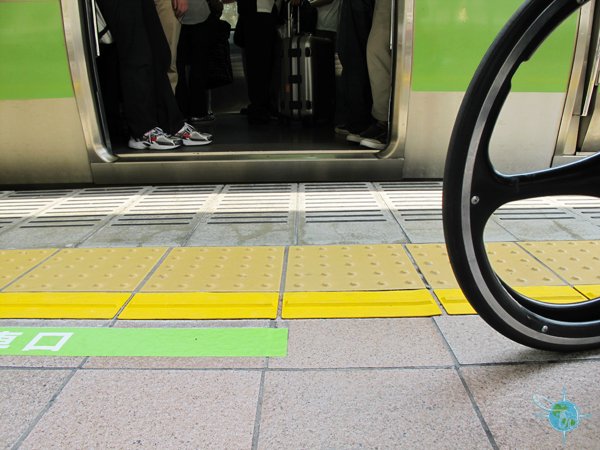
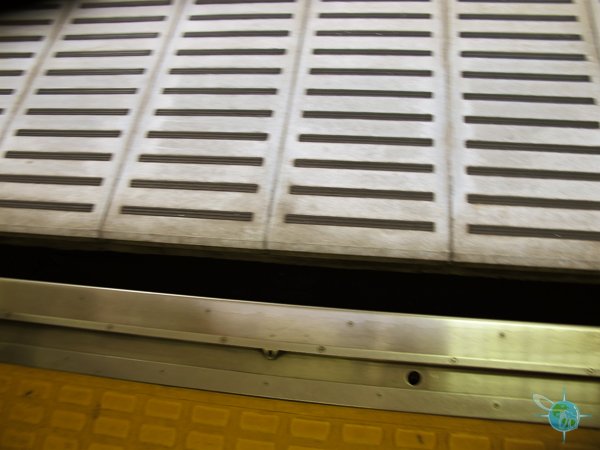
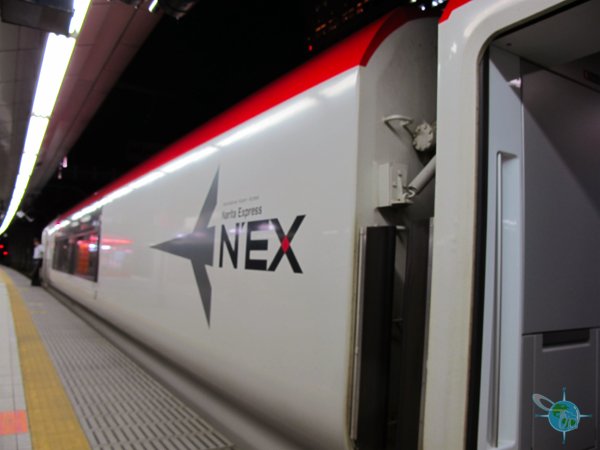
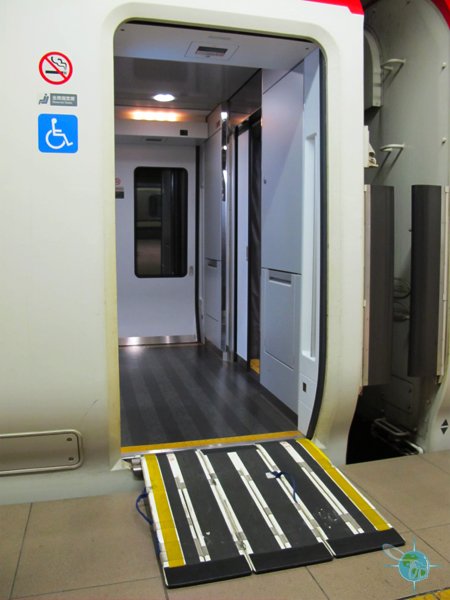
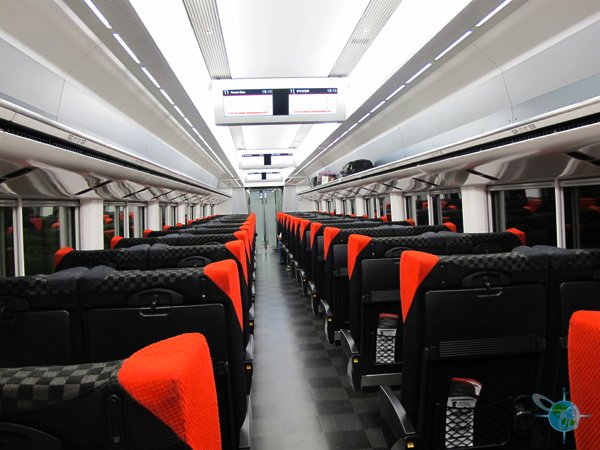
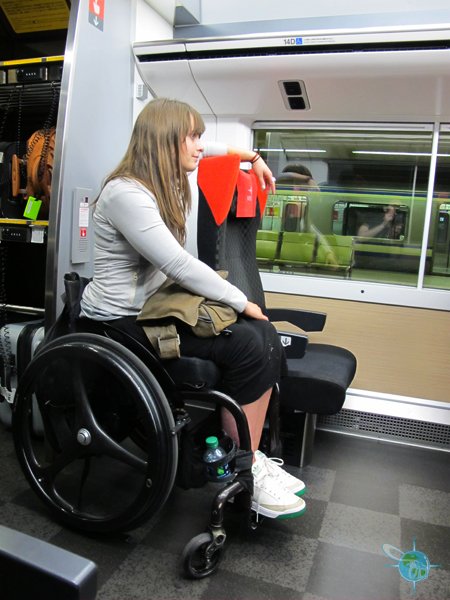
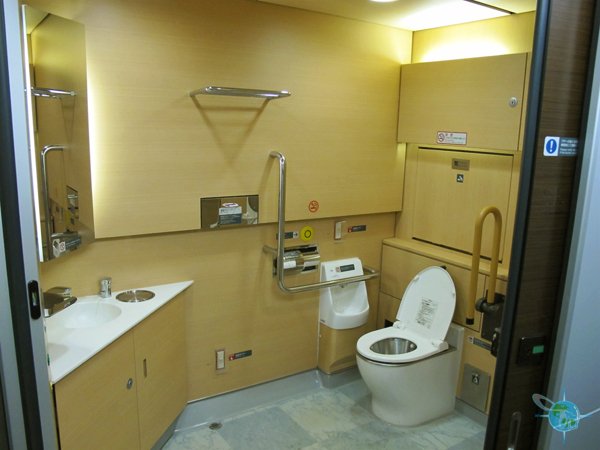
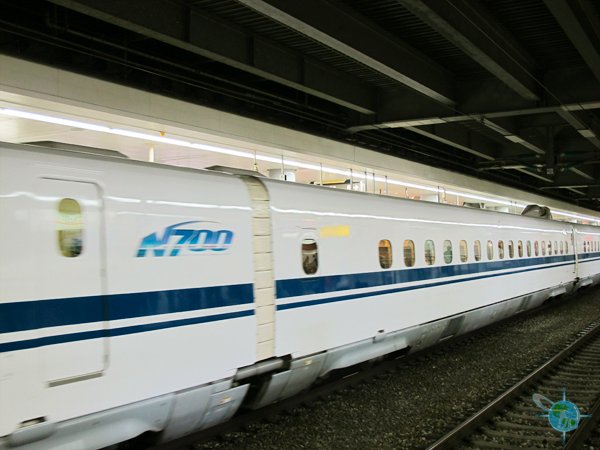
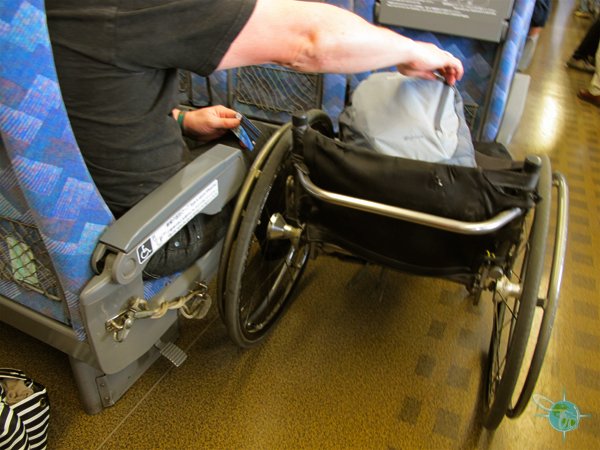
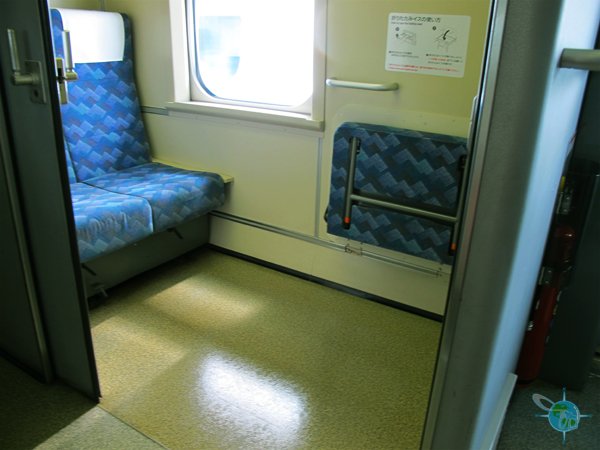
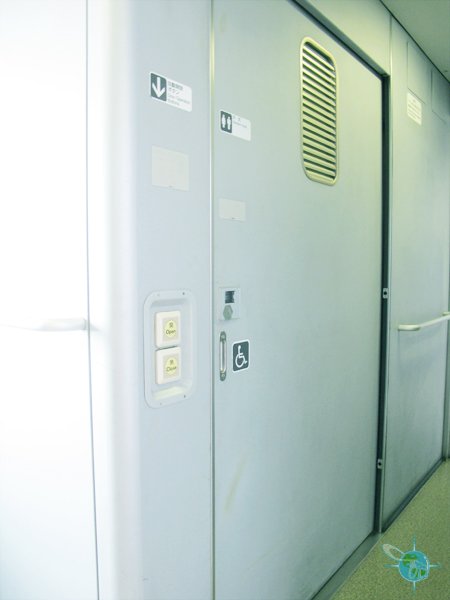
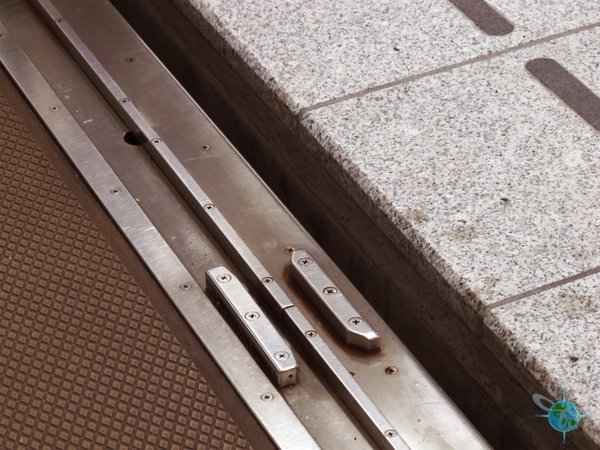
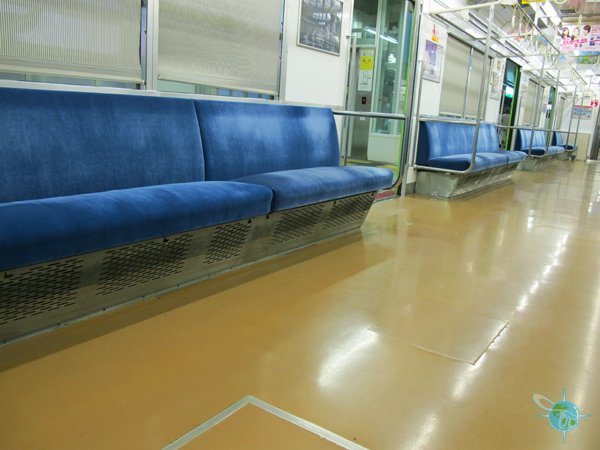
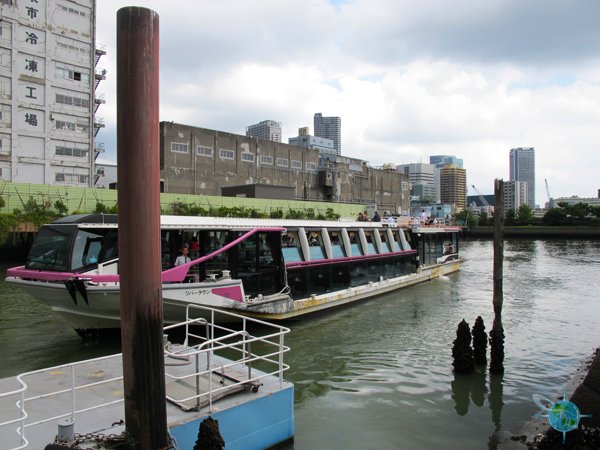
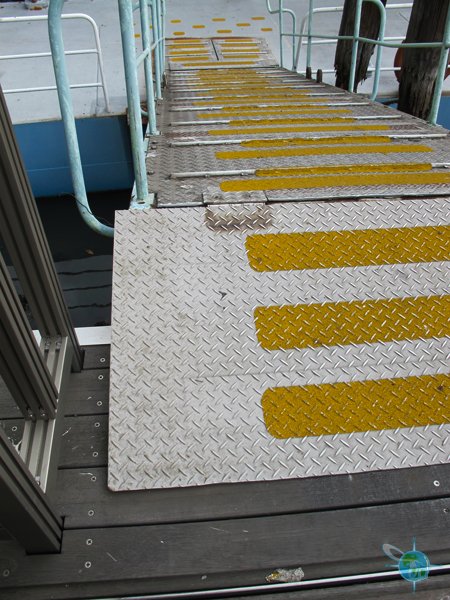
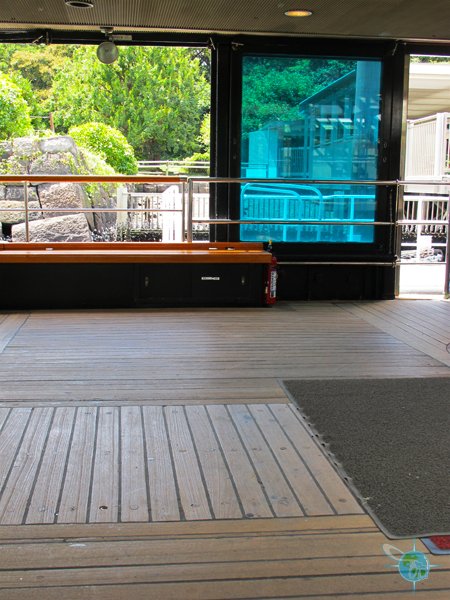
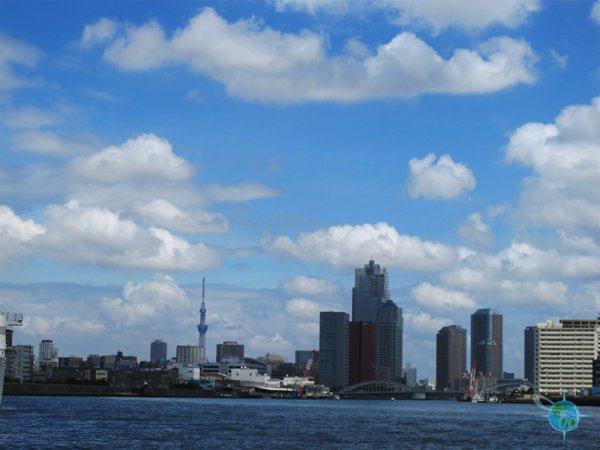
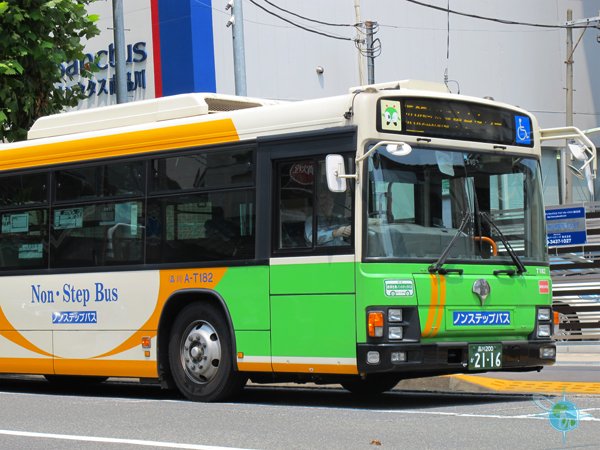

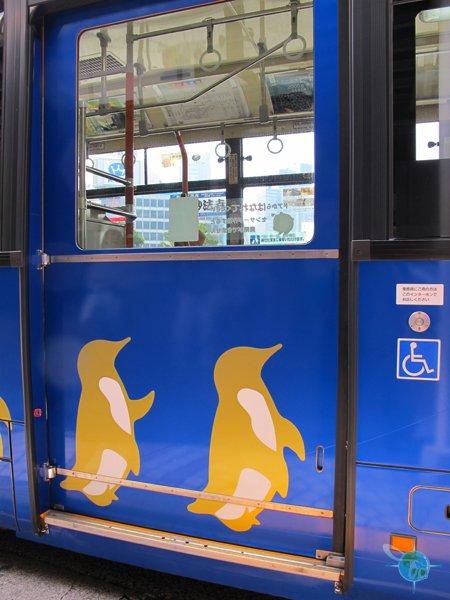
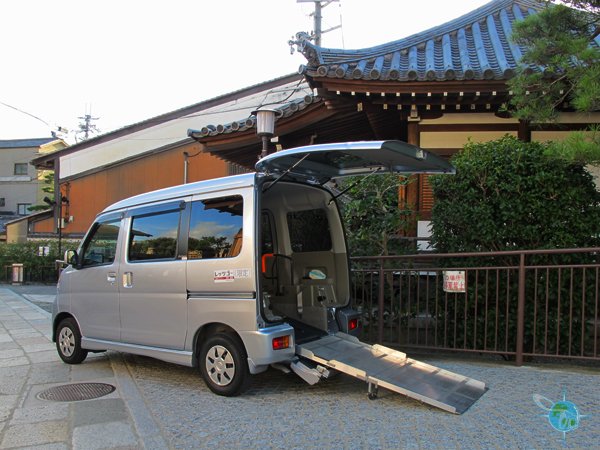
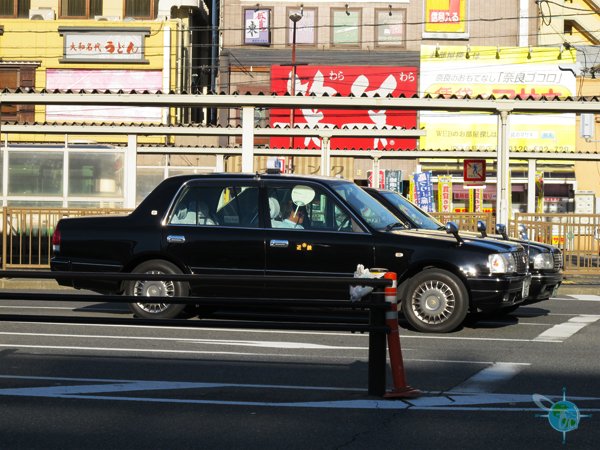

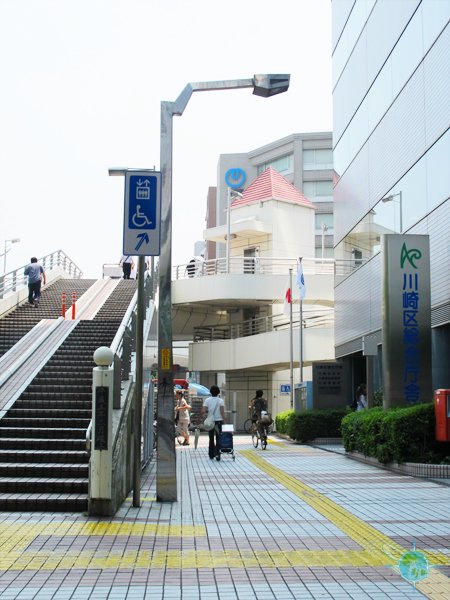
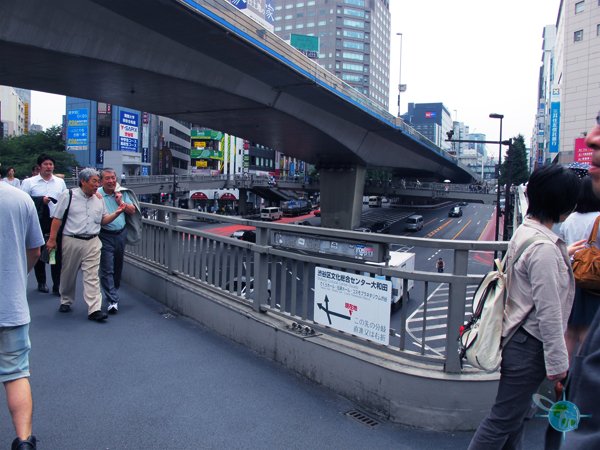
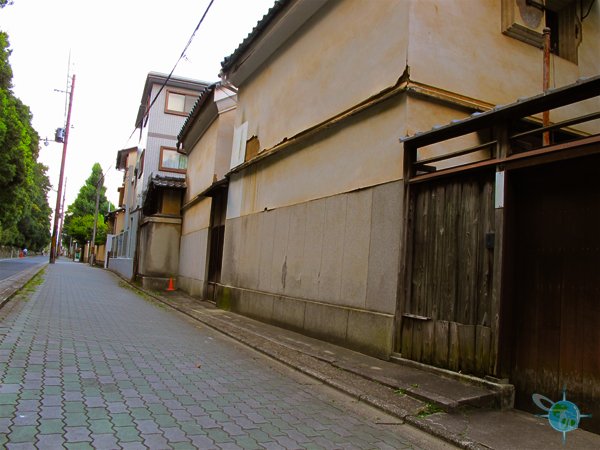
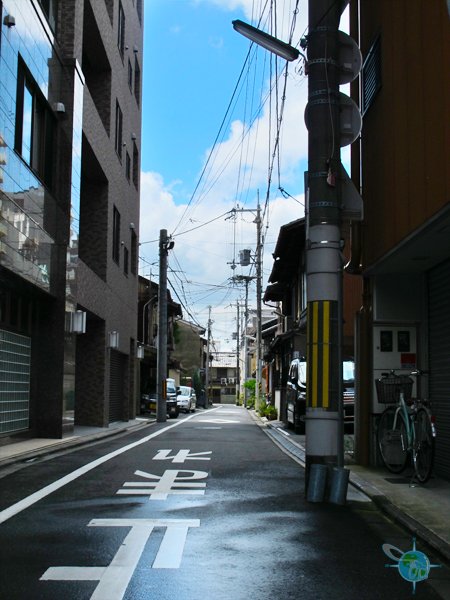
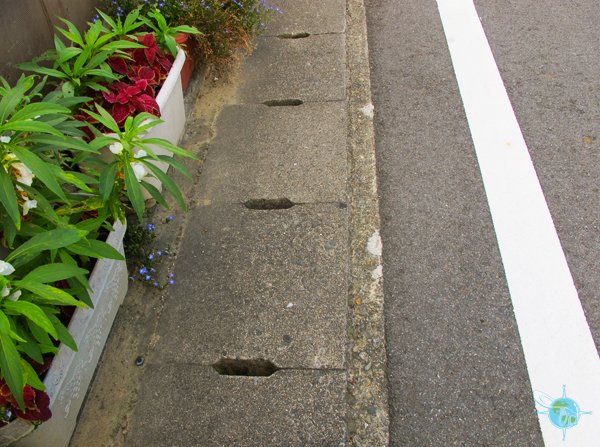
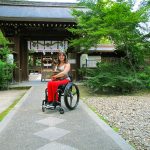
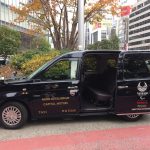

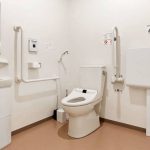

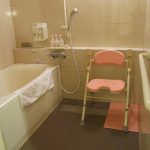

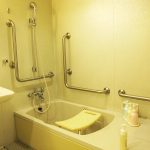

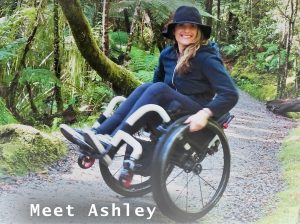

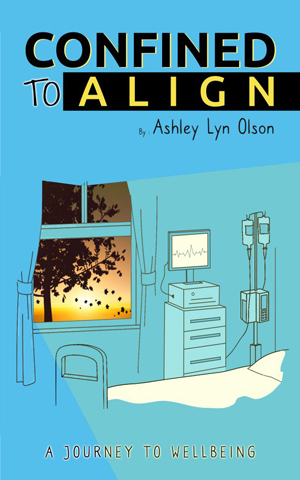
Thank you so much. This is so helpful. I really want to visit Japan someday.
I love your blog! My mom uses a scooter and as you know it can be difficult to travel with it, especially in Asia. We’re planning to visit Japan and my concern has been accessibility in trains/subways. I was doing some research on which stations would be wheelchair accessible and stumbled upon your website. I’m still on the lookout for an official website that says which stations are accessible though.
Planning a trip to Japan and this really comes in handy! Thanks!
Wish to a great travel in Japan.
It’s a great idea for JR pass.
Are there public charging points for my scooter battery? Wouldn’t want to run out
There are not public charging points specific for scooters, in fact scooters are very rare in Japan. The only scooters I have seen look more like powered wheelchairs and for the sake of the staff, they look like wheelchairs, so they are wheelchairs. I do know that people who travel to Japan with scooters often run into issues because Japanese people don’t know what it is, and if you tell them scooter beforehand, they will think of a moped, because that is called a scooter in Japanese. In Japan people are also very cautious, especially for rules, so if it… Read more »
Very helpful! What are the companies that rent power wheelchairs?
My mum aged 88 has no confidence of going to Japan cos my brother told her that it’s very inconvenient to travel in japan with a wheelchair. I read d blogs and I don’t believe him. Is there lifts for wheelchair? In Tokyo airports and other parts of Japan? Pls advise.
There are lifts and ramps designed for wheel chairs at all train stations and airports and many buildings throughout Japan. While it is not convenient to travel in the countryside in Japan, in cities it should be no issue. It is worth noting that public transportation does get extremely crowded before 9am on weekdays and after 11pm most days. Most hotels will also have a room for wheelchair users, but these will also be booked on a first come basis, so it would be best to reserve as far in advance as you can. However, it is outside of stations… Read more »